For many people with severe pain, opioids can feel like the only way to get relief. But behind that relief is a quiet danger-something that can slip in slowly, even when you’re following your doctor’s orders. Opioid therapy isn’t bad by default. It’s a tool. And like any tool, it’s dangerous when used wrong-or used too long.
When Opioids Make Sense
Opioids aren’t meant to be the first answer for pain. They’re the last resort. The CDC’s 2022 guidelines say clearly: if you have chronic pain-pain lasting more than three months-non-opioid treatments should come first. That means physical therapy, exercise, cognitive behavioral therapy, acetaminophen, NSAIDs like ibuprofen, or even nerve blocks. These options have fewer risks and often work just as well over time. The real sweet spot for opioids is short-term, severe pain. Think broken bones after surgery, major trauma, or advanced cancer. In those cases, opioids can be life-changing. A patient with a crushed pelvis from a car accident? Opioids help them breathe, sleep, and heal. A person with terminal cancer? Opioids let them spend their final days without constant suffering. But here’s the catch: even in those situations, doctors are supposed to limit the supply. A 2020 Kaiser Permanente study found that 43% of patients prescribed opioids for acute pain got more pills than they needed. Those extra pills? Often end up in medicine cabinets, where kids or visitors might find them. Or worse-sell them. That’s why many clinics now give just five to seven days’ worth, even for major procedures.The Hidden Risk: Dependence Builds Quietly
Dependence doesn’t always look like addiction. You might not be using more than prescribed. You might not be buying pills off the street. But your body changes. You need the same dose to get the same relief. Skip a day, and you feel sick-sweating, shaking, nauseous. That’s physical dependence. And it can happen in as little as two weeks. The numbers don’t lie. About 8 to 12% of people prescribed opioids for chronic pain end up with opioid use disorder. That’s roughly one in every ten. And the risk climbs sharply with dose. At 50 morphine milligram equivalents (MME) per day, your chance of overdose jumps four times compared to someone on under 20 MME. At 90 MME or higher? The risk is even worse. One study showed that 26% of patients on doses over 100 MME per day developed an opioid use disorder. And it’s not just about the dose. Mixing opioids with benzodiazepines-like Xanax or Valium-makes overdose risk spike by more than three times. That’s why doctors now check for this combo before prescribing. If you’re on both, your body can shut down breathing without warning.Who’s at Highest Risk?
Not everyone who takes opioids ends up dependent. But some people are far more vulnerable. Genetics play a big role-research says 40 to 60% of risk comes from inherited traits. If you have a family history of addiction, your odds go up. Other red flags:- History of alcohol or drug misuse-even if it was years ago
- Current mental health conditions like depression, anxiety, or PTSD
- Age 65 or older-your body processes drugs slower
- Living in isolation, with little social support
- Taking high doses for more than 90 days
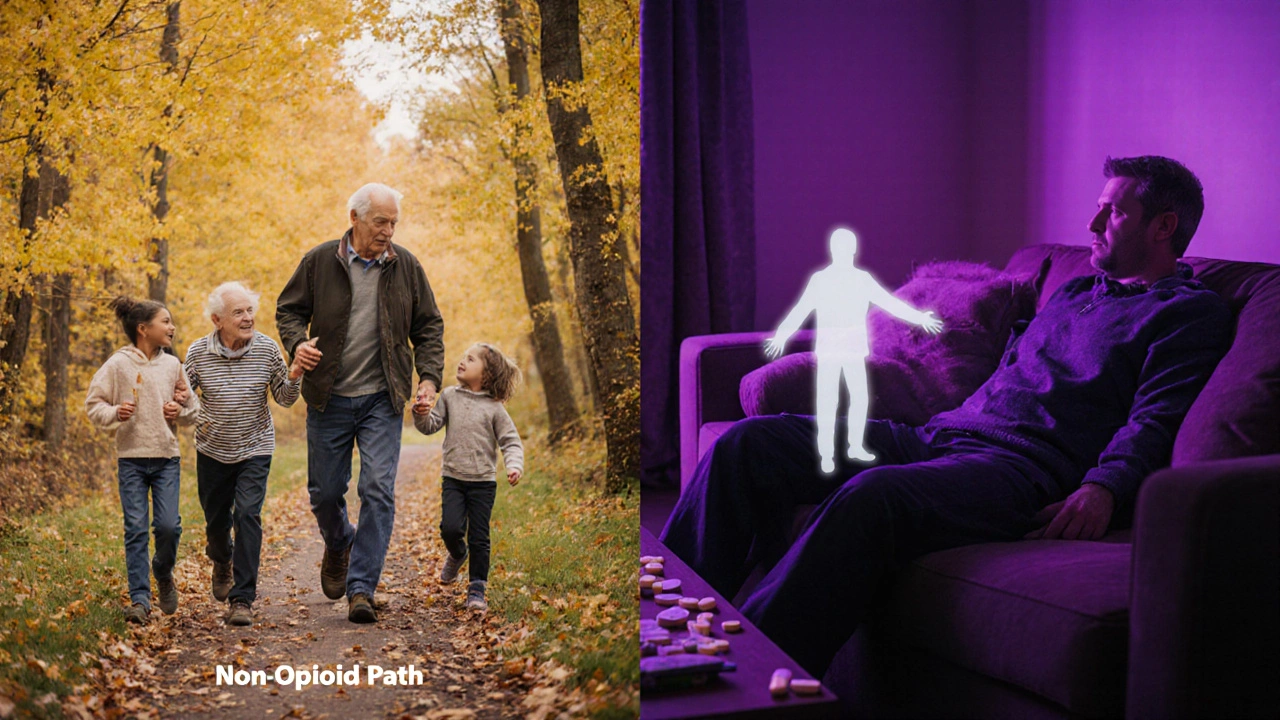
How Doctors Are Supposed to Monitor You
Opioid therapy isn’t a one-time prescription. It’s an ongoing conversation. The CDC recommends regular check-ins: at least every three months for stable patients, monthly if you’re high-risk. During these visits, your doctor should ask:- Is your pain better? (On a scale of 0 to 10)
- Can you do things you couldn’t before? (Walk, sleep, work, play with your kids?)
- Are you taking the pills exactly as prescribed?
- Have you had any side effects-constipation, dizziness, mood changes?
Tapering Off-The Hard Part
Many people get stuck on opioids because stopping feels impossible. That’s because withdrawal is brutal. Muscle aches, insomnia, nausea, anxiety-it can last for weeks. That’s why abrupt stops are dangerous. The American Medical Association warned in 2020 that forcing patients off opioids too fast can lead to relapse, suicide, or even return to illegal drugs like heroin. Tapering needs to be slow, planned, and patient-centered. Here’s how it usually works:- Slow taper: 2-5% reduction every 4-8 weeks. Best for people who’ve been on opioids for years and are stable.
- Moderate taper: 5-10% every 4-8 weeks. Used if pain hasn’t improved or tolerance is rising.
- Rapid taper: 10% per week. Only if risks clearly outweigh benefits-like doses over 90 MME or dangerous side effects.
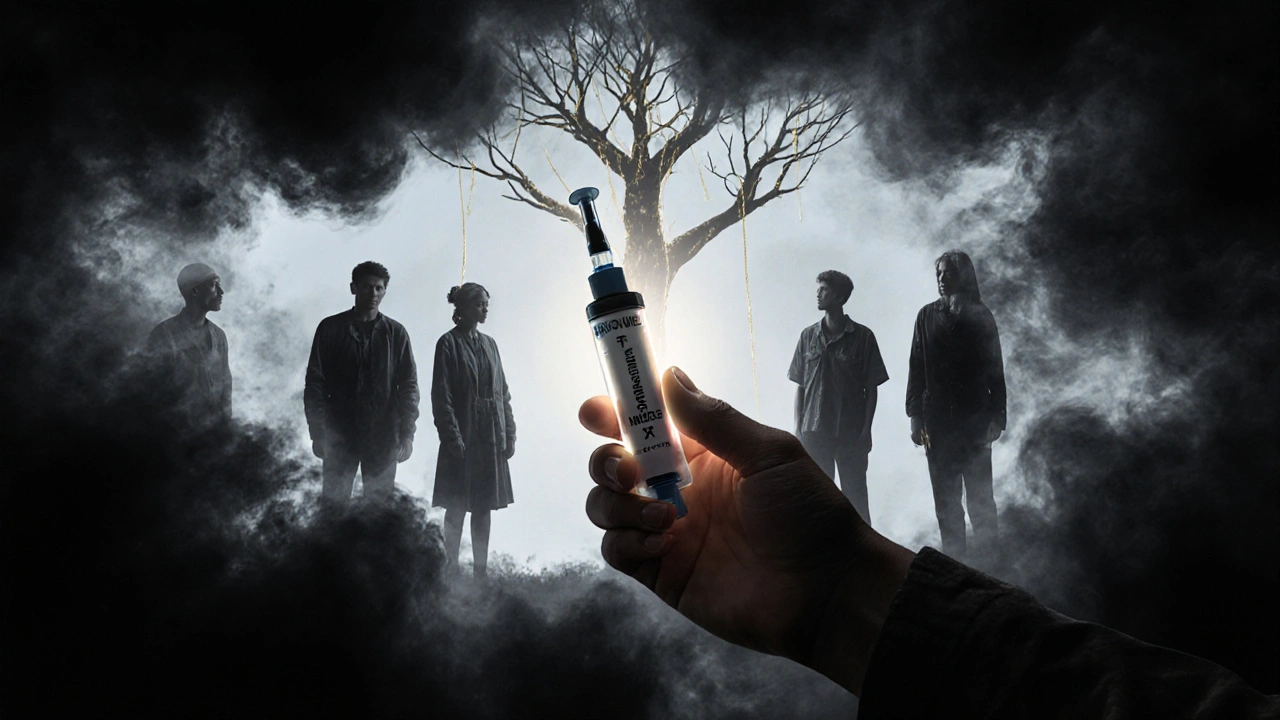
What’s Changing Now
Prescribing has dropped sharply since 2012. Back then, doctors wrote 81 opioid prescriptions for every 100 Americans. By 2020, that number was down to 47. That’s progress. More hospitals now keep naloxone on hand. Over half of U.S. hospitals have standing orders to give it to at-risk patients before they leave. Prescription drug monitoring programs (PDMPs) are active in 49 states. Before writing a prescription, doctors can now check if you’ve been getting pills from other clinics. And research is moving fast. The NIH has poured $1.5 billion into finding non-addictive pain treatments. Right now, 37 new drugs are in late-stage trials-some targeting nerve pain, others inflammation, others brain pathways linked to pain perception. But here’s the truth: we’re still falling short. In 2021, over 80,000 people died from opioid overdoses. That’s more than in any year before. The problem isn’t just prescriptions-it’s access to care. Too many patients don’t have therapists, physical therapists, or pain specialists nearby. So they get pills because nothing else is available.What You Can Do
If you’re on opioids:- Ask your doctor: “Is this still helping me function, or just masking pain?”
- Request a urine drug screen if they haven’t offered one.
- Ask for naloxone-even if you think you don’t need it.
- Keep your pills locked up. Throw away unused pills at a take-back site.
- If you feel dependence setting in, talk to your doctor. Don’t wait until you’re stuck.
- Watch for changes: mood swings, secrecy, sleeping too much or too little.
- Don’t shame. Say: “I care about you. Let’s talk about this.”
- Learn where to find medication-assisted treatment (MAT) like buprenorphine or methadone. It’s not replacing one drug with another-it’s restoring stability.
It’s Not About Fear. It’s About Balance.
Opioids aren’t evil. They’ve helped millions. But they’re not magic. And they’re not safe for long-term use in most people with chronic pain. The goal isn’t to cut everyone off. It’s to make sure no one is left with a bottle of pills they don’t need-and no one is left in pain because no one dared to try something else. The best care isn’t the one with the strongest drug. It’s the one that gets you back to your life-with the least risk possible.Are opioids ever safe for long-term chronic pain?
Opioids can be used for long-term chronic pain, but only after all other options have been tried and failed. The CDC and VA/DoD guidelines state they should never be first-line treatment. Even then, they’re only appropriate if your pain and function improve significantly, and you show no signs of misuse. Most patients don’t get lasting benefits beyond three to six months.
Can I become addicted even if I take my pills exactly as prescribed?
Yes. Addiction and dependence are not the same thing. You can develop physical dependence-even with perfect use-meaning your body adapts and withdrawal symptoms appear if you stop. Addiction involves compulsive use despite harm, which is less common but still possible. About 8-12% of patients on long-term opioids develop opioid use disorder, regardless of adherence.
What’s the difference between 50 MME and 90 MME?
MME stands for morphine milligram equivalents-it’s how doctors measure opioid strength across different drugs. At 50 MME per day, your risk of overdose is four times higher than at 20 MME. At 90 MME, the risk rises sharply again. Most guidelines recommend staying under 50 MME. Above 90 MME, extra safeguards are required: more frequent visits, urine tests, naloxone, and a clear plan for tapering.
Why do doctors check my urine when I’m on opioids?
Urine drug tests help doctors confirm you’re taking only what’s prescribed and not using other substances like alcohol, benzodiazepines, or street drugs. These combinations increase overdose risk. The test isn’t about distrust-it’s about safety. It helps catch problems early before they become life-threatening.
Is it safe to stop opioids cold turkey?
No. Stopping abruptly can cause severe withdrawal: nausea, vomiting, muscle cramps, anxiety, and insomnia. It can also trigger relapse to illegal opioids or even suicide. Tapering slowly-under medical supervision-is the only safe way. Your doctor should work with you to create a personalized plan, adjusting speed based on how you feel.
What are the alternatives to opioids for chronic pain?
Many effective options exist: physical therapy, exercise programs, cognitive behavioral therapy, acupuncture, nerve blocks, antidepressants like duloxetine, antiseizure drugs like gabapentin, and topical treatments like lidocaine patches. New non-addictive pain drugs are also in clinical trials. The key is finding the right mix for your type of pain-not just reaching for the strongest pill.
What should I do if I think I’m dependent on my opioid medication?
Talk to your doctor immediately. Don’t wait until you’re struggling to get refills or feeling sick without the pills. Ask for a referral to a pain specialist or addiction medicine provider. Medication-assisted treatment (MAT) with buprenorphine or naltrexone can help you safely reduce dependence. Support groups and counseling are also critical. You’re not weak for needing help-you’re smart for asking for it.



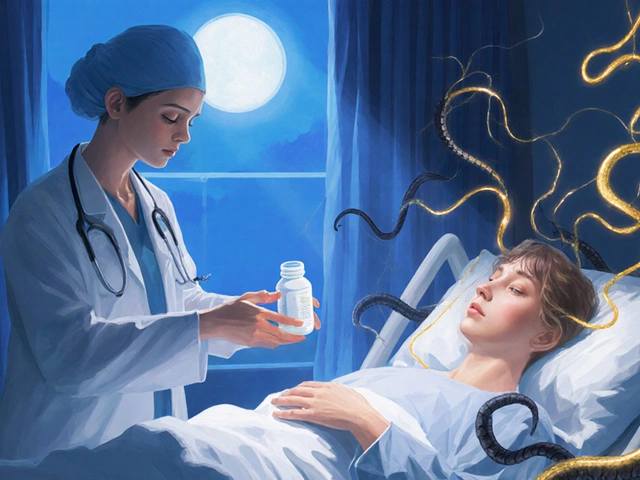

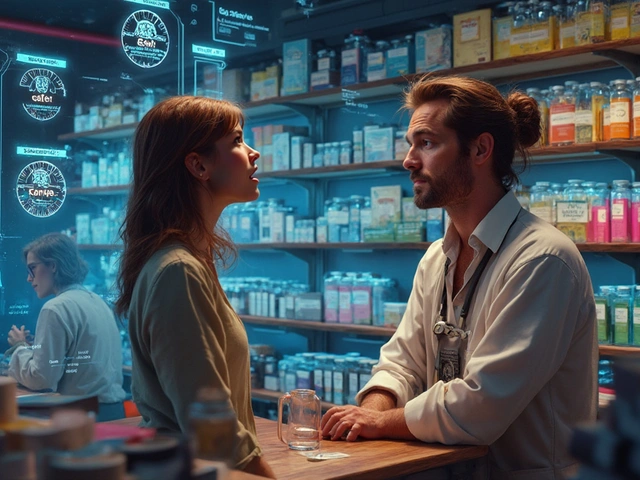


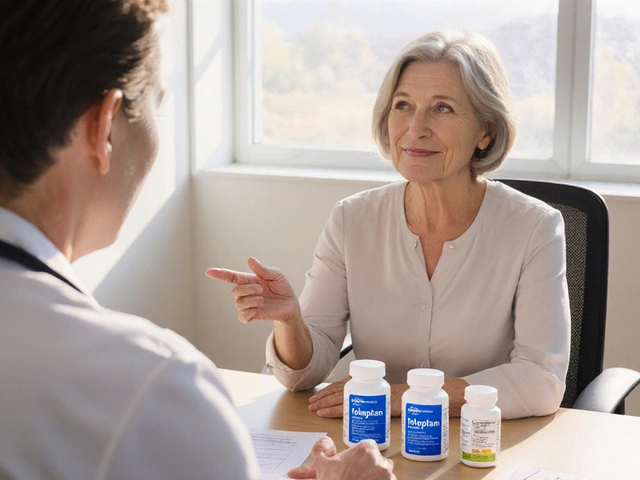
Comments (15)
Neoma Geoghegan
November 25, 2025 AT 07:08 AMOpioids are a tool, not a crutch. If you're on them long-term without functional improvement, you're not managing pain-you're masking it.
Time to pivot to PT, CBT, or even acupuncture. Your body will thank you.
Bartholemy Tuite
November 26, 2025 AT 02:40 AMbro i was on 80mg a day for 2 years after a back injury and yeah i got dependent as hell but i never got high or bought anything off the street
just felt like shit if i missed a dose and my doc kept pushing me to taper but i was scared as f***
finally did a 3-month slow taper with gabapentin and it was rough but worth it
now i can walk without wincing and i dont feel like a zombie
the system sucks tho-no one gives a shit about your pain unless you’re dying
why is it so hard to get real care without getting hooked?
Sam Jepsen
November 27, 2025 AT 02:46 AMJust wanted to say thank you for this breakdown. I’ve seen too many people shamed for needing opioids when they’re in real pain. The real villain isn’t the meds-it’s the lack of alternatives.
My mom had cancer and opioids let her hold my baby niece without crying. That’s not addiction. That’s dignity.
We need more access to pain specialists, not fewer prescriptions.
Yvonne Franklin
November 27, 2025 AT 10:13 AMMME thresholds matter but so does individual biology
Some people break down at 20 MME others handle 150 with no issues
One-size-fits-all guidelines ignore genetics and neurochemistry
Doctors need more tools-not just red flags
Justin Daniel
November 28, 2025 AT 19:41 PMWow. So the government says opioids are dangerous but doesn’t fund physical therapists or mental health care?
That’s like banning cars because people crash them… and then not building roads.
Just saying.
Melvina Zelee
November 29, 2025 AT 05:11 AMi think we forget that pain is invisible
you cant see someone’s nerve damage or fibro flare
so people think if you’re not screaming you’re fine
but opioids aren’t about euphoria for most chronic pain patients
they’re about being able to get out of bed
and yeah maybe that’s a trap
but what’s the alternative if your spine is a broken guitar and no one’s got a tuner?
ann smith
November 30, 2025 AT 03:47 AMThank you for writing this with such care. 💙
For those of us who’ve watched loved ones struggle with dependence-it’s heartbreaking.
Please, if you’re on opioids, ask for naloxone. It’s not about fear. It’s about love.
And if you’re a provider-listen more, prescribe less, refer sooner.
Patrick Marsh
November 30, 2025 AT 21:14 PMUrine tests? Fine. But don’t act like you’re a detective.
Most patients aren’t lying. They’re scared.
Build trust. Not surveillance.
Danny Nicholls
November 30, 2025 AT 22:43 PMjust got prescribed 10mg oxycodone for a herniated disc and my doc gave me naloxone like it was a free sample 😅
felt weird at first but then i realized-this is actually smart
no shame in having a safety net
also threw away my leftover hydrocodone from last year-no one needs that in the house
ps: gabapentin is a game changer for nerve pain
Robin Johnson
December 1, 2025 AT 00:51 AMSlow tapering isn’t optional. It’s medical ethics.
Forcing patients off opioids without alternatives isn’t recovery-it’s abandonment.
I’ve seen people go from prescriptions to heroin because they were cut off cold turkey.
Don’t be part of the problem.
Latonya Elarms-Radford
December 2, 2025 AT 00:27 AMLet’s be honest: this whole opioid crisis is a capitalist nightmare wrapped in medical jargon.
Pharma sold us the lie that pain could be erased with a pill.
Doctors became sales reps.
Patients became consumers.
And now we’re left with a generation of broken bodies and broken trust.
We don’t need more guidelines-we need a revolution in how we see suffering.
It’s not a bug. It’s a feature of a system that values productivity over humanity.
Mark Williams
December 2, 2025 AT 10:10 AM90 MME = 4x overdose risk? That’s not even the full picture.
When you factor in polypharmacy-benzos, sleep aids, antipsychotics-the curve goes exponential.
Most prescribers don’t have time to audit meds properly.
We need AI-assisted prescribing dashboards. Not just checklists.
Daniel Jean-Baptiste
December 3, 2025 AT 14:51 PMmy cousin in vancouver got off opioids after 7 years using methadone + therapy
he says it didn’t feel like quitting
it felt like coming back to himself
we need more MAT access everywhere-not just in big cities
and stop calling it ‘substituting one drug for another’
it’s medicine. like insulin for diabetes.
Ravi Kumar Gupta
December 5, 2025 AT 13:32 PMin India we don’t even have access to basic pain meds
my uncle had bone cancer and we had to beg for morphine
but now in the US you’re scared to give pills?
first world problems.
we need opioids for the dying
not just for the lazy.
don’t punish the sick because of bad actors.
Rahul Kanakarajan
December 6, 2025 AT 11:58 AMEveryone’s acting like they’re saints when they say ‘I only took it as prescribed’
newsflash: you still got addicted.
It’s not the system’s fault. It’s yours.
Weak willpower. No discipline.
Stop playing victim. Get off the pills. Go to the gym. Do yoga. Grow up.